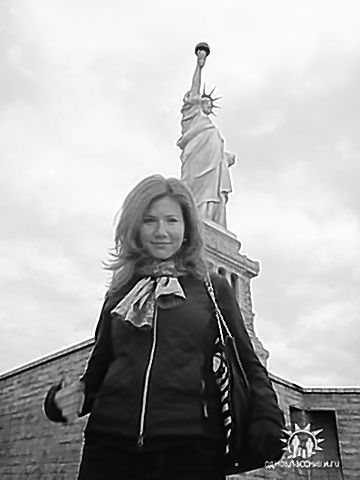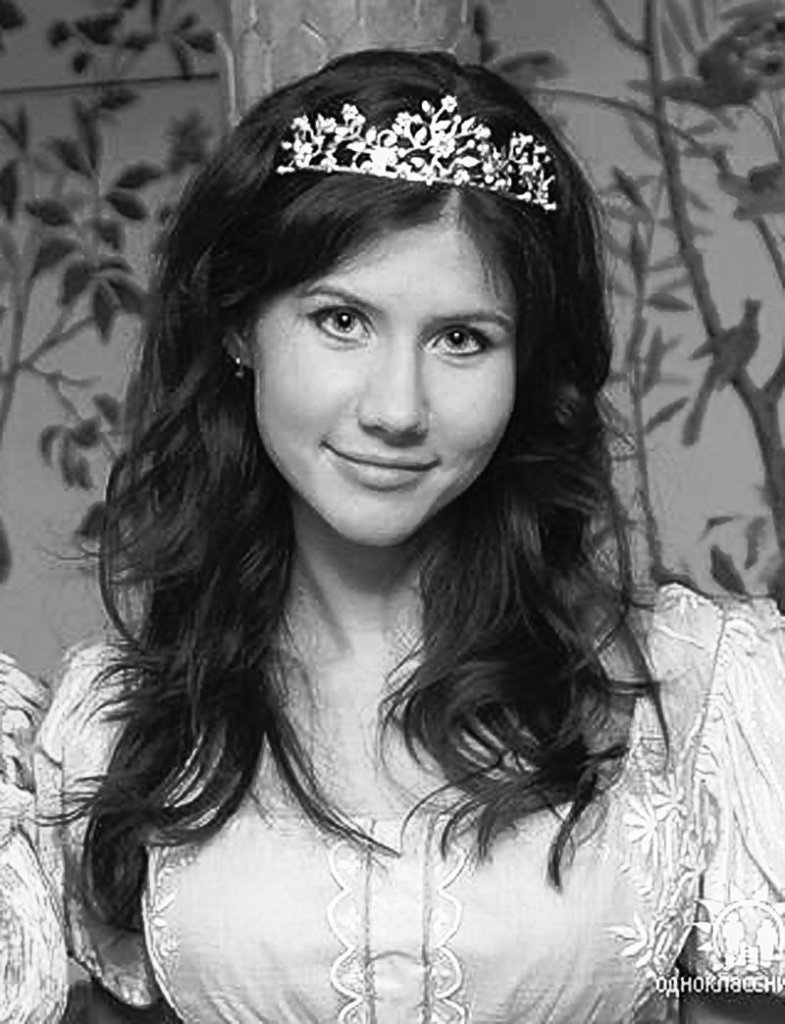NEW YORK -Anna Chapman is an accused spy who hid in plain sight.
Social-networking sites and others are rife with images of the striking, redheaded Russian — mixing with businessmen at a conference, posing in front the Statue of Liberty, talking about how to make it in New York.
“America is a free country, and it’s the easiest place in the world to meet the most successful people,” she says in an Internet video.
U.S. authorities say it was all a sham: Behind the scenes, they allege, Chapman was moonlighting as a secret agent — one of 11 suspects charged in spy case that’s revived memories of the Cold War, tested American-Russian relations and made for tabloid headlines about her such as “The Spy Who Loved Us.”
Assistant U.S. Attorney Michael Farbiarz has called evidence against Chapman “devastating.” She is “someone who has extraordinary training, who is a sophisticated agent of Russia,” he said.
Her mother, who lives in western Moscow, told The Associated Press on Wednesday that Chapman was wrongly accused of trying to help Russian intelligence collect U.S. policymaking information.
“Of course I believe that she’s innocent,” Irina Kushchenko said.
Russian officials initially denounced the arrests as “Cold War-era spy stories” and accused elements of the U.S. government of trying to undermine the improving relationship between Moscow and Washington. But the White House and Russian Prime Minister Vladimir Putin expressed confidence that the arrests would not damage ties between the two nations.
Chapman, 28, and nine others accused of being ring members were arrested across the Northeast and charged with failing to register as foreign agents, a crime that is less serious than espionage and carries up to five years in prison. Some also face money laundering charges. An 11th suspect was arrested in Cyprus, accused of passing money to the other 10 over several years. He vanished after being freed on bail, authorities said.
Most of the defendants in the operation, which dated as far back as the 1990s, were Russians living in the U.S. under fake names and posing as Canadians or Americans, prosecutors said. The kind of information they are accused of providing to their Russian handlers isn’t clear.
Some of the ring’s members lived as married couples and used invisible ink, coded radio transmissions and encrypted data, the court papers allege. Some even used the Hollywood-style method of swapping bags in passing at a train station, the papers said.
The arrests raised concerns that Moscow has planted other couples in the U.S., and Farbiarz called the arrests “the tip of the iceberg” of a conspiracy by Russia’s intelligence service, the SVR, to collect information.
Copy the Story Link
Send questions/comments to the editors.




Success. Please wait for the page to reload. If the page does not reload within 5 seconds, please refresh the page.
Enter your email and password to access comments.
Hi, to comment on stories you must . This profile is in addition to your subscription and website login.
Already have a commenting profile? .
Invalid username/password.
Please check your email to confirm and complete your registration.
Only subscribers are eligible to post comments. Please subscribe or login first for digital access. Here’s why.
Use the form below to reset your password. When you've submitted your account email, we will send an email with a reset code.